
Renault Scenic Estate engines, drive and performance
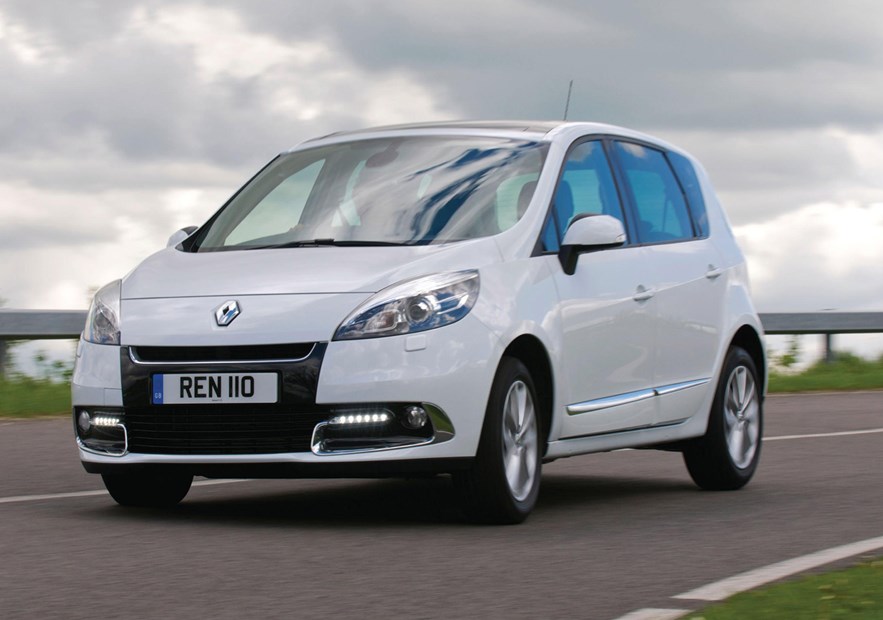
The base version of the Scenic in terms of performance is the 1.5 dCi Extreme. This 86bhp car is only available in entry level Extreme trim although it doesn’t seem too much slower than the next step up in the diesel range, the 1.5dCi 106. They are separated by only a tenth of a second in the sprint from 0-62mph, the 106bhp version achieving it in 12.3 seconds to the 86bhp version’s 12.4 seconds.
The Scenic is also available with a brisk performing 1.9 dCi engine with 130bhp, which sets a 0-62mph time of 10.9 seconds. A 2.0-litre dCi sits at the top of the range, available as a six-speed automatic with 150bhp or a six-speed manual with 160bhp. These are the quickest models in the range with 0-62mph times of 9.7 seconds and 9.1 seconds respectively.
The petrol range starts with a 110bhp 1.6-litre engine carried over from the previous version of the Scenic, but new to the range is a 130bhp turbocharged 1.4-litre engine which offers satisfying performance (0-62mph in 10.4 seconds) with good mid-range acceleration as well as strong fuel economy. The 2.0-litre petrol Scenic, which produces 143bhp, is only available as a CVT automatic.
In June 2011 Renault replaced the 1.9-litre 130bhp engine with a new 1.6 dCi. Despite the reduced size, it still produces 130bhp and betters the 0-62mph time with 10.3 seconds. The real benefits though come in the emissions and economy that have both been improved. This is in part down to the introduction of a stop/start system as standard. This engine is only available on cars in Dynamique TomTom trim.
The Scenic has a similar suspension set-up to the Megane hatchback and for a relatively tall vehicle, is quite agile. The steering feels more involving and precise than on the previous Scenic and is fairly direct making the car feel responsive on twisty roads. It’s not quite as engaging as a Ford C-MAX, but probably matches that car’s resistance to body roll and feels far more controlled than a Citroen C4 Picasso.
Although the major suspension components are carried over from the Megane, the dampers have been tuned for the Scenic’s extra weight and provide a good, smooth ride. Electronic stability control is fitted across the range, helping the driver regain control of the car during a skid.


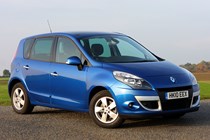
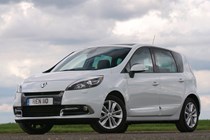
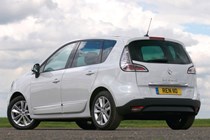
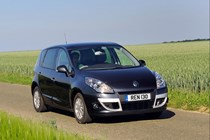
.jpg)
.jpg)
.jpg)
.jpg)
.jpg)
.jpg)
.jpg)
.jpg)
.jpg)
.jpg)
.jpg)
.jpg)
.jpg)
.jpg)
.jpg)
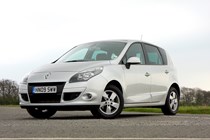

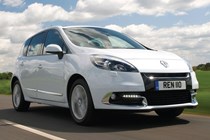
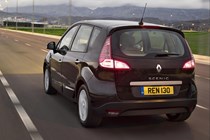
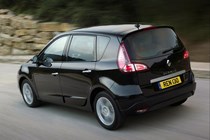
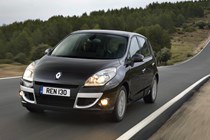
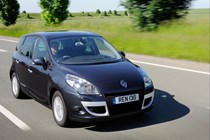

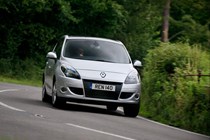
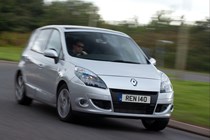
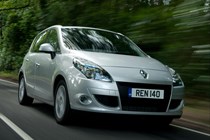
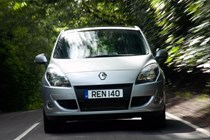
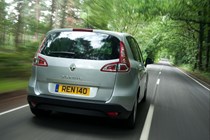
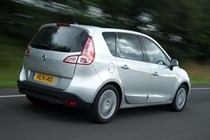
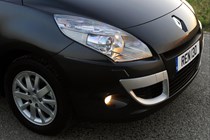
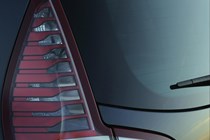
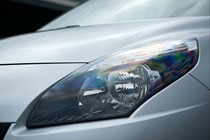
.jpg)
.jpg)
.jpg)
.jpg)
.jpg)
.jpg)
.jpg)
.jpg)
.jpg)
.jpg)
.jpg)
.jpg)
.jpg)
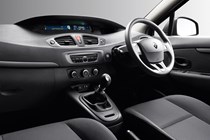
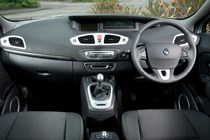
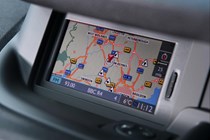
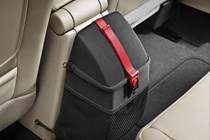
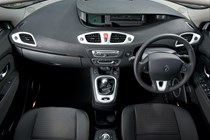
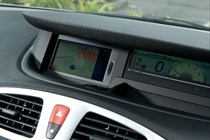
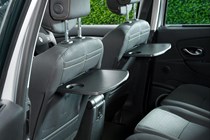
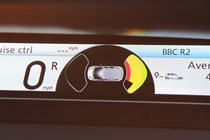
.jpg)
.jpg)
.jpg)
.jpg)
.jpg)
.jpg)
.jpg)
.jpg)
.jpg)
.jpg)
.jpg)
.jpg)
.jpg)
.jpg)
.jpg)
.jpg)
.jpg)
.jpg)
.jpg)
.jpg)
.jpg)
.jpg)
.jpg)
.jpg)
.jpg)
.jpg)
.jpg)
.jpg)
.jpg)
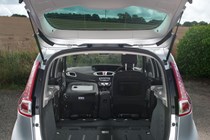
.jpg)
.jpg)
.jpg)
.jpg)
.jpg)
.jpg)
.jpg)
.jpg)
.jpg)
.jpg)
.jpg)
.jpg)




.jpg?quality=50)
.jpg?quality=50)
.jpg?quality=50)
.jpg?quality=50)
.jpg?quality=50)
.jpg?quality=50)
.jpg?quality=50)
.jpg?quality=50)
.jpg?quality=50)
.jpg?quality=50)
.jpg?quality=50)
.jpg?quality=50)
.jpg?quality=50)
.jpg?quality=50)
.jpg?quality=50)

















.jpg?quality=50)
.jpg?quality=50)
.jpg?quality=50)
.jpg?quality=50)
.jpg?quality=50)
.jpg?quality=50)
.jpg?quality=50)
.jpg?quality=50)
.jpg?quality=50)
.jpg?quality=50)
.jpg?quality=50)
.jpg?quality=50)
.jpg?quality=50)








.jpg?quality=50)
.jpg?quality=50)
.jpg?quality=50)
.jpg?quality=50)
.jpg?quality=50)
.jpg?quality=50)
.jpg?quality=50)
.jpg?quality=50)
.jpg?quality=50)
.jpg?quality=50)
.jpg?quality=50)
.jpg?quality=50)
.jpg?quality=50)
.jpg?quality=50)
.jpg?quality=50)
.jpg?quality=50)
.jpg?quality=50)
.jpg?quality=50)
.jpg?quality=50)
.jpg?quality=50)
.jpg?quality=50)
.jpg?quality=50)
.jpg?quality=50)
.jpg?quality=50)
.jpg?quality=50)
.jpg?quality=50)
.jpg?quality=50)
.jpg?quality=50)
.jpg?quality=50)

.jpg?quality=50)
.jpg?quality=50)
.jpg?quality=50)
.jpg?quality=50)
.jpg?quality=50)
.jpg?quality=50)
.jpg?quality=50)
.jpg?quality=50)
.jpg?quality=50)
.jpg?quality=50)
.jpg?quality=50)
.jpg?quality=50)